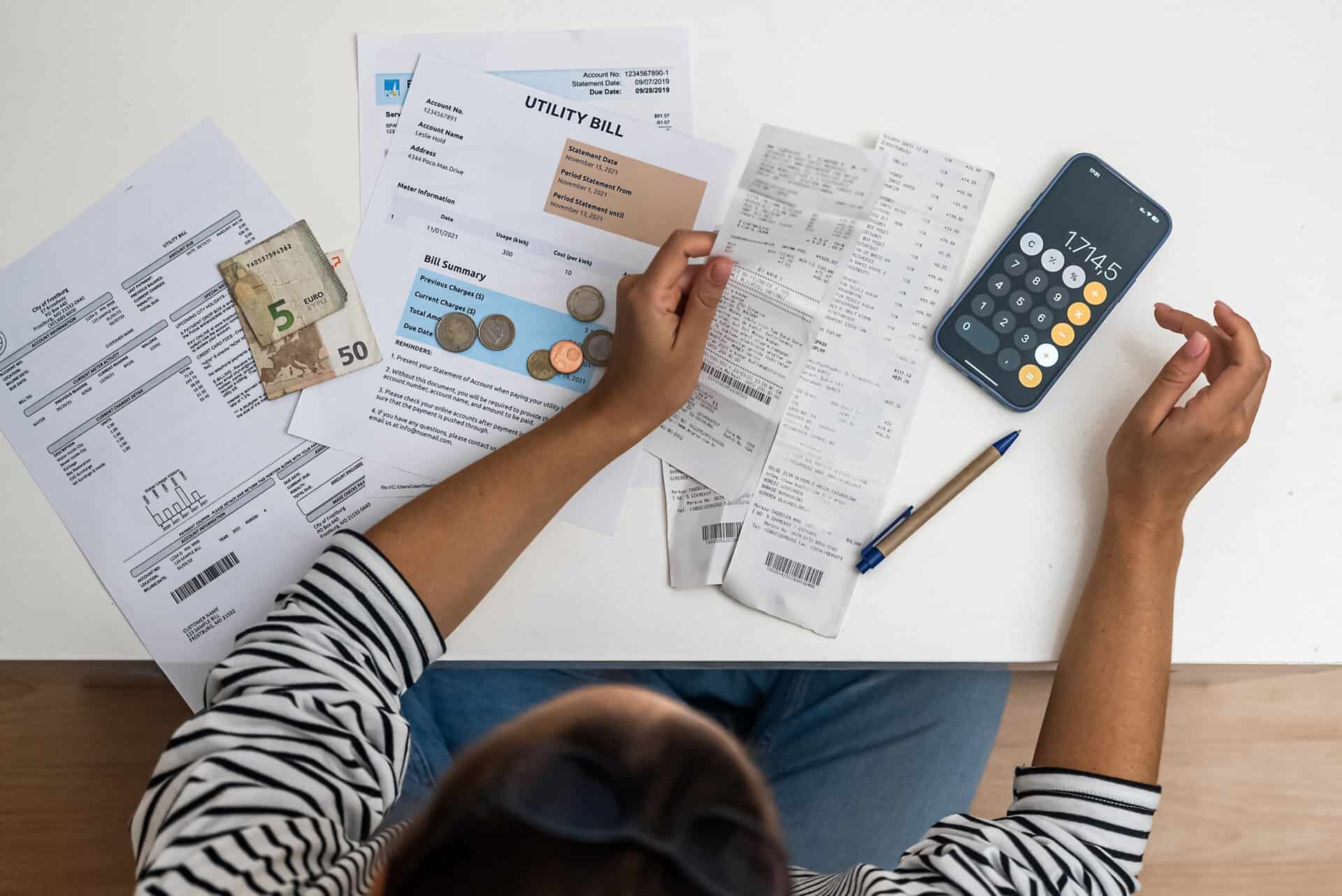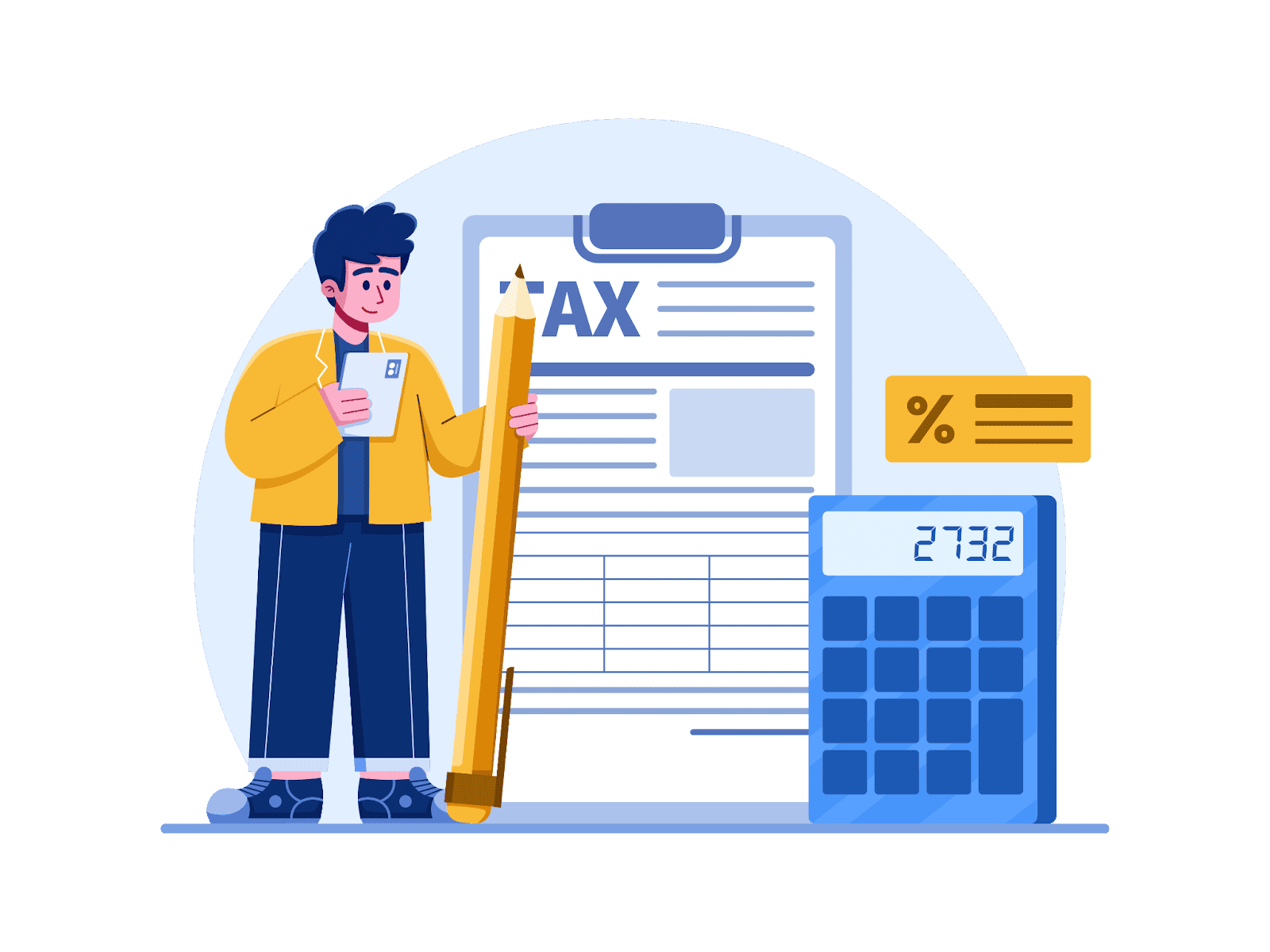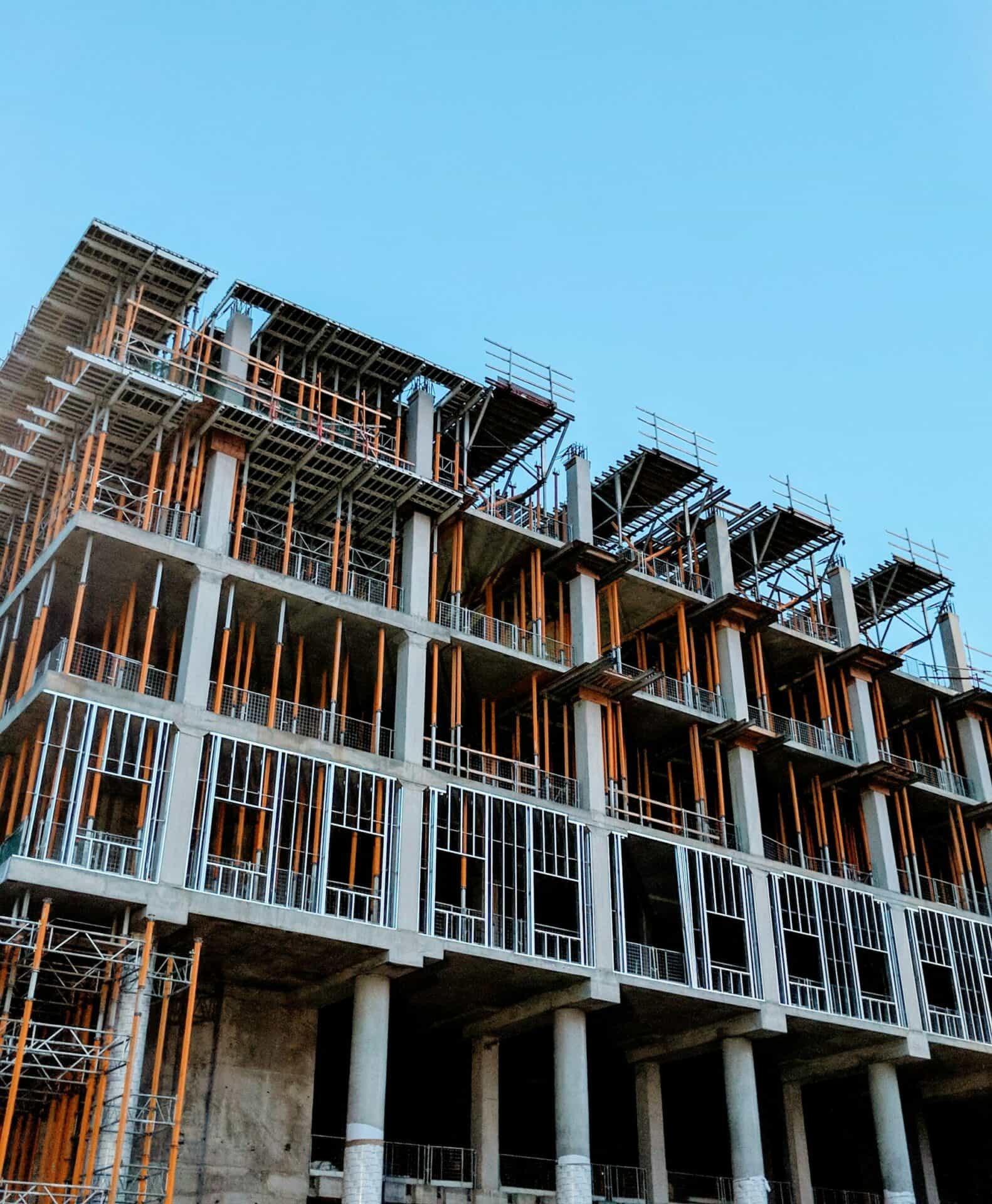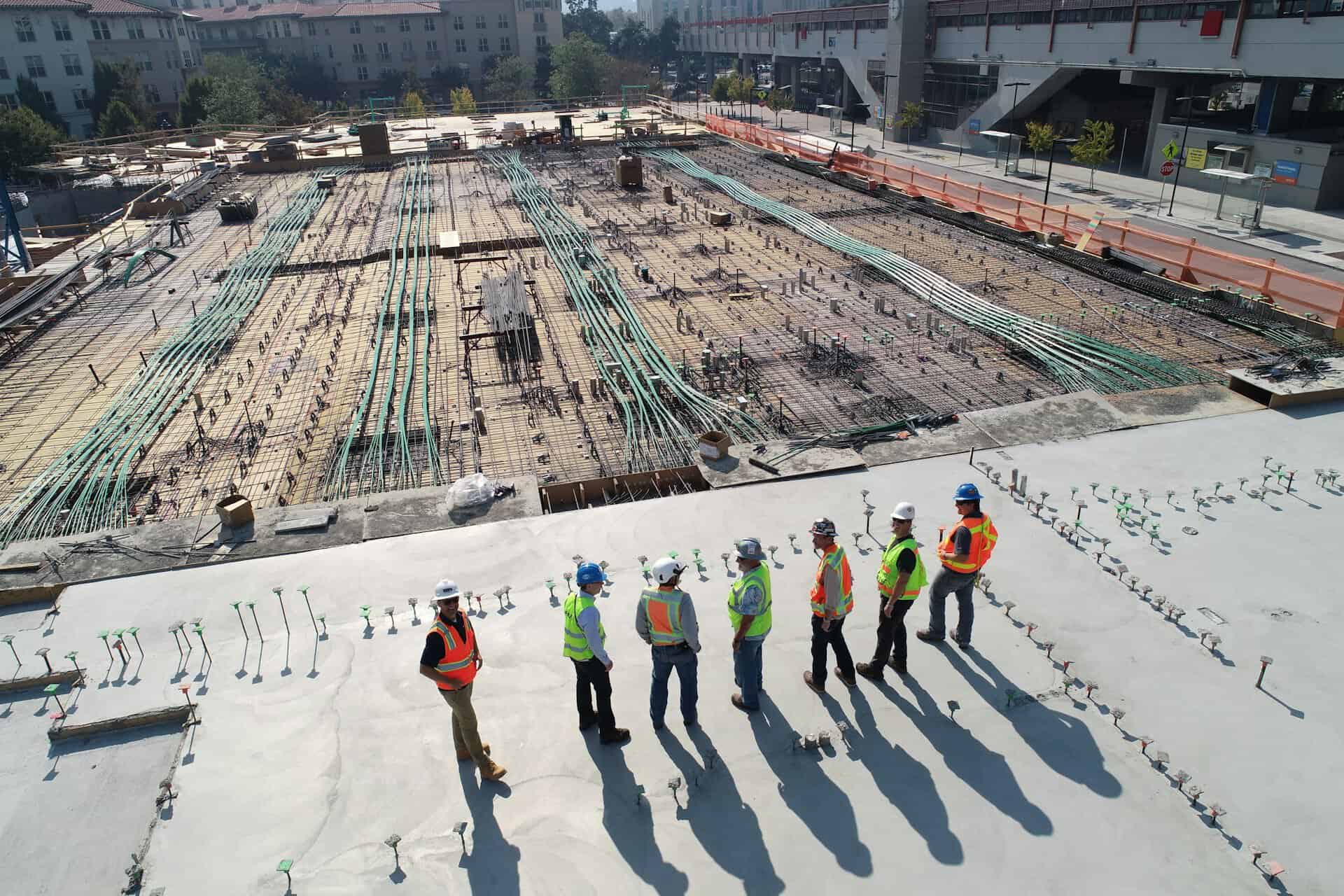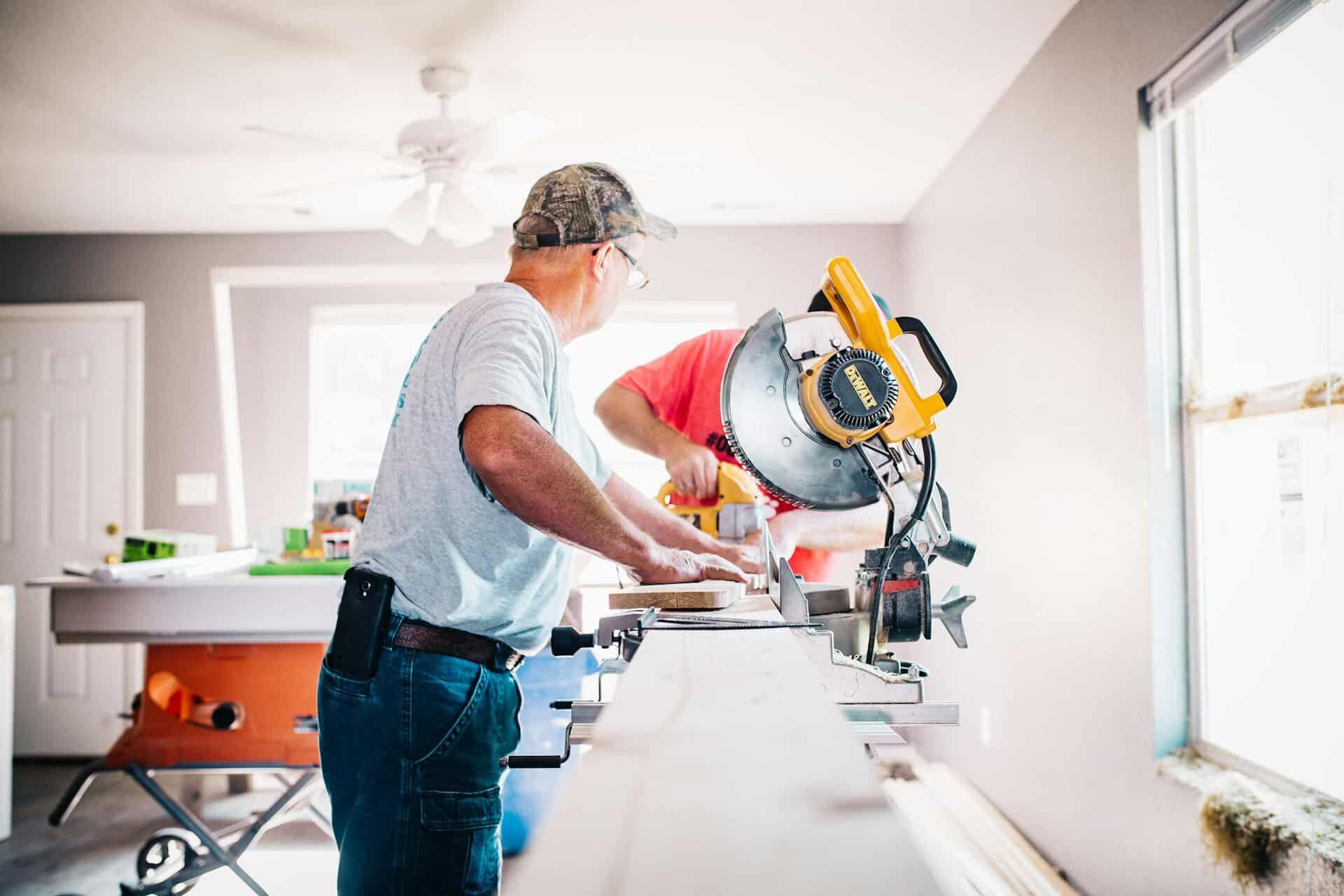There are key things to consider when we’re talking about investment property tax depreciation.
When you buy a new property and you’re considering whether to live in it or to rent it out as a rental property, you should understand the implications on tax deductions as this can have an effect on what you can and can’t claim as investment property tax depreciation.
At Duo Tax, we’ve seen many investors who’ve made the potential mistake in occupying their home after purchasing it, only to find out that they’re not eligible for certain tax deductions such as Plant and Equipment.
But don’t fret, this isn’t necessarily a bad thing. In this article, we’ll explain how it all works.
Investment Property Tax Depreciation for Primary Place of Residence (PPOR)
If the investor chooses to occupy the investment property, it then becomes their Primary Place of Residence (PPOR) as it is the property they will predominately reside in.
The tax implications of this are that they’re no longer able to claim property expenses such as mortgage repayments, land tax, repairs or maintenance and council rates. The reason for this is because you have no income generated from the property to offset this against. It also removes their ability to claim any investment property tax depreciation.
Investment property depreciation has two components – Plant and Equipment (Division 40) and Capital Works (Division 43).
An investor purchasing a brand new property, whether off the plan or developed privately, is able to claim on both investment property tax depreciation components if it’s rented at the first available instance.
This means a Quantity Surveyor can produce an investment property tax depreciation schedule to capture all assets within including kitchen appliances, air-conditioning units, light shades, ovens and many more.
If the owner decides to occupy the property first, when they subsequently rent the property to a tenant, investment property tax depreciation is only available on the Capital Works (Division 43), including items such as the concrete slab, timber framing, kitchen tops, etc.
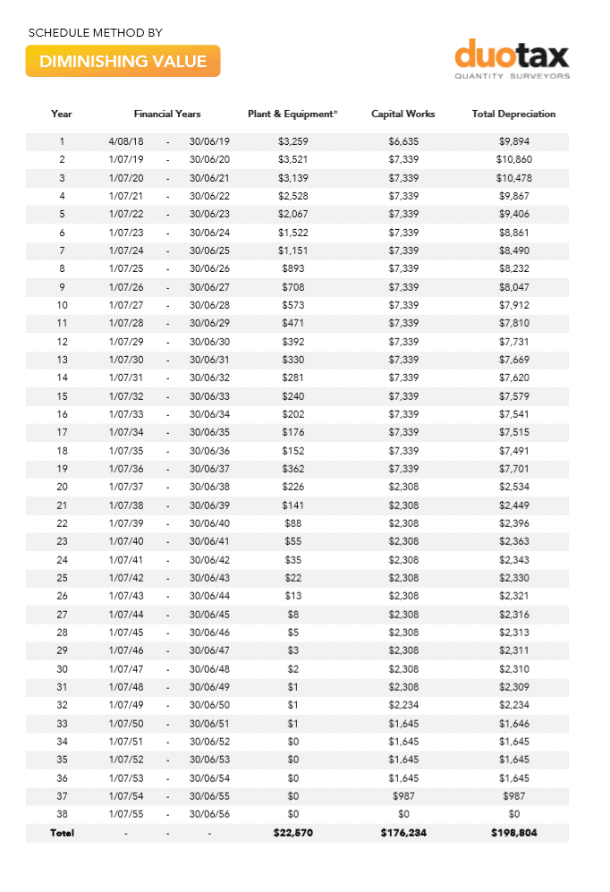
The above schedule is drawn from our sample report and is a table, including the two components of investment property tax depreciation.
If you look at the schedule, if the owner has previously occupied the property, they will lose their eligibility to claim on Plant and Equipment, which totals $22,270.
The tax deductions on Plant and Equipment depreciation are most effective within the first five years and see a substantial tax saving for the homeowner.
So it’s important to note that you could be missing out on a significant portion of eligible tax deductions if you’re occupying your rental property first. But it can be said that Capital Works will account for the bulk of the depreciation value when viewed as a long-term investment.
Benefits of PPOR Beyond Investment Property Tax Depreciation
Even though it might seem like a detrimental reason for the homeowner to occupy the property at the first instance, there are also enormous longer-term taxation benefits.
In this case, we’re referring to the capital gains tax benefits on the sale of the property – typically, property owners will live in their property for a short period initially after the purchase to minimise their capital gains tax obligations.
Other benefits include first homeowners grants, as well as other Government initiatives, are also available to enable Australians to get into the property market.
It should also be noted that if you don’t owner occupy the premises and choose to rent the property out at the first instance (treating it as an investment property), this will still entitle you to reduce your capital gains tax by 50% with the condition that the asset must be held for at least 365 days*.
Key Takeaways
Ultimately the choice is up to the investor to choose if they would like to live in the investment property or not however it’s vital that you’re fully informed of the implications of your choice from both a financial and taxation standpoint.
In our experience, there are many investors who find that they weren’t eligible for any Government initiatives or grants, yet could have held off on living in their new property to make significant savings using investment property depreciation schedules supplied by a Quantity Surveyor.
If you would like further clarification or questions regarding your situation, please feel free to contact the Duo Tax Quantity Surveyors office on 1300 185 498.

Ready to get started?
Talk to one of our friendly property experts to get a free quote or more Information.



